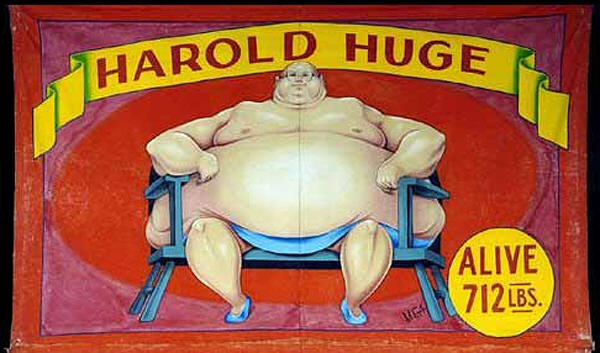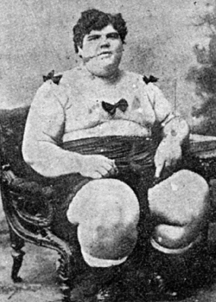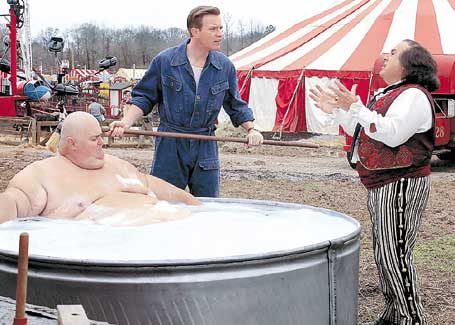We now have evidence that media coverage of the Occupy Movement has increased after each clash with police. Many of these clashes have resulted in photographs and videos that appear to show police acting violently against peaceful protesters. To many this is an unjustified use of force by the government, one that makes the state look like the bad guy and the movement look like the good guy.
This very process — media coverage of peaceful activism and violent backlash by the state — contributed to the success of the Civil Rights Movement. And it couldn’t have happened before TV.
In 1950, only 9% of homes had a TV. One year later, 24% of homes did. And by 1963, when Martin Luther King told the world his dream, 91% of America could have tuned in.
(source)
The media frequently covered the protests positively, while the backlash was undeniably horrific. So Americans sitting at home watching the TV could be simultaneously inspired by the activists and horrified by the establishment. In the two videos below we see both sides of this coin. In the first, a newscaster introduces and contextualizes the March on Washington before King begins his famous speech; in the second, we see news footage of a violent police attack on peaceful protesters in Selma, Alabama (trigger warning, also known as “Bloody Sunday”).
Television coverage of King’s speech:
Television coverage of the attack in Selma (trigger warning):
Ultimately, the success of the Civil Rights Movement must be credited to the people who gave their energy, heart, time, and lives to it. The invention of the television, though, and its introduction to so many homes at just the right moment in history, had an interesting role to play as well.
With this history in mind, it seems likely that aggressive responses to peaceful protests will likely raise support for Occupy. And, with digital cameras, smart phones, youtube, facebook, twitter, and the like… the role of the media may be more important than ever.
Lisa Wade, PhD is an Associate Professor at Tulane University. She is the author of American Hookup, a book about college sexual culture; a textbook about gender; and a forthcoming introductory text: Terrible Magnificent Sociology. You can follow her on Twitter and Instagram.

















